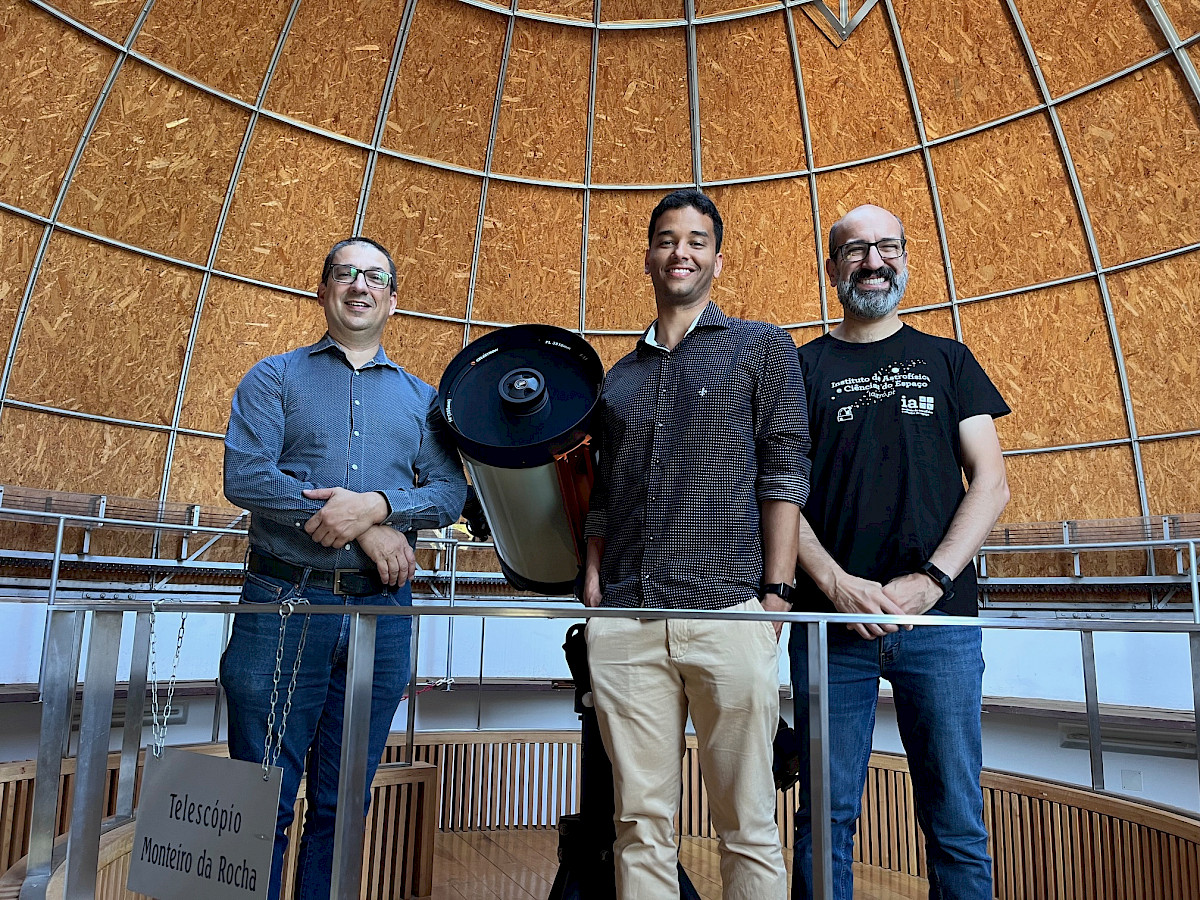A team of researchers from the Faculty of Science and Technology of the University of Coimbra (FCUCC) is developing low-cost equipment that will allow the detection of space debris.
The project “Space debris algorithms in satellite constellation images for debris characterization and orbital identification”, written by Joel Filho, a PhD student in Engineering Physics at the Department of Physics (DF) at FCTUC, has just been awarded a grant from the European Space Agency (ESA) worth €90,000. .
«We are developing a method to identify and characterize space debris in images, based on open source detection algorithms (open source, in Portuguese) and determine their orbits for use on board satellites, taking advantage of the images they use to determine their orientation in space, images that cannot be stored. “But information about space debris will be extracted from it before it is scanned.”
The increasing concentration of space debris poses an increasing threat to space activities. It is currently known that there are about 35,000 objects with a diameter of more than 10 centimeters orbiting the Earth, and the orbits of only about 90% of them are known. There are also about a million objects with sizes between 1 and 10 centimeters, almost all of which need to be indexed. Estimates indicate that There are still about 130 million pieces, between 1 mm and 1 cm, to be tracked.
“It is precisely for these reasons that the study of space debris today, increasingly, has become a priority area in space science, and the FCTUC is “also involved in this,” according to Nuno Bicinho, a researcher at the DF and the Institute of Astrophysics and Space Sciences (IA), explaining that “radars “Current ground-based and optical telescopes, used to detect and track space debris, are limited by their sensitivity, which means low limits on the size of the debris, providing a catalog with a very small collection of debris.” Total amount. “Moreover, it is difficult to obtain accurate information about the orbital position of these objects.”
Thus, the idea is to develop equipment consisting of microcomputers equipped with low-cost cameras and a detection algorithm developed by a PhD student. Low-cost Earth-to-space cameras have already been tested to understand whether they can detect the trail left by satellites, which closely resembles space debris, and the results have been very promising.
This research is being developed under the supervision of Nuno Peixenio and Paolo Gordo, from Synopsis Planet and CENTRA, and Rui Melicio, from the University of Évora. Joel Filho will carry out a phase of his thesis project at ESA’s European Space Operations Center (ESOC), in Darmstadt, Germany, where he will have the opportunity to work directly with Tim Flohrer, Director of the Space Debris Office from ESA.

“Coffee trailblazer. Social media ninja. Unapologetic web guru. Friendly music fan. Alcohol fanatic.”

